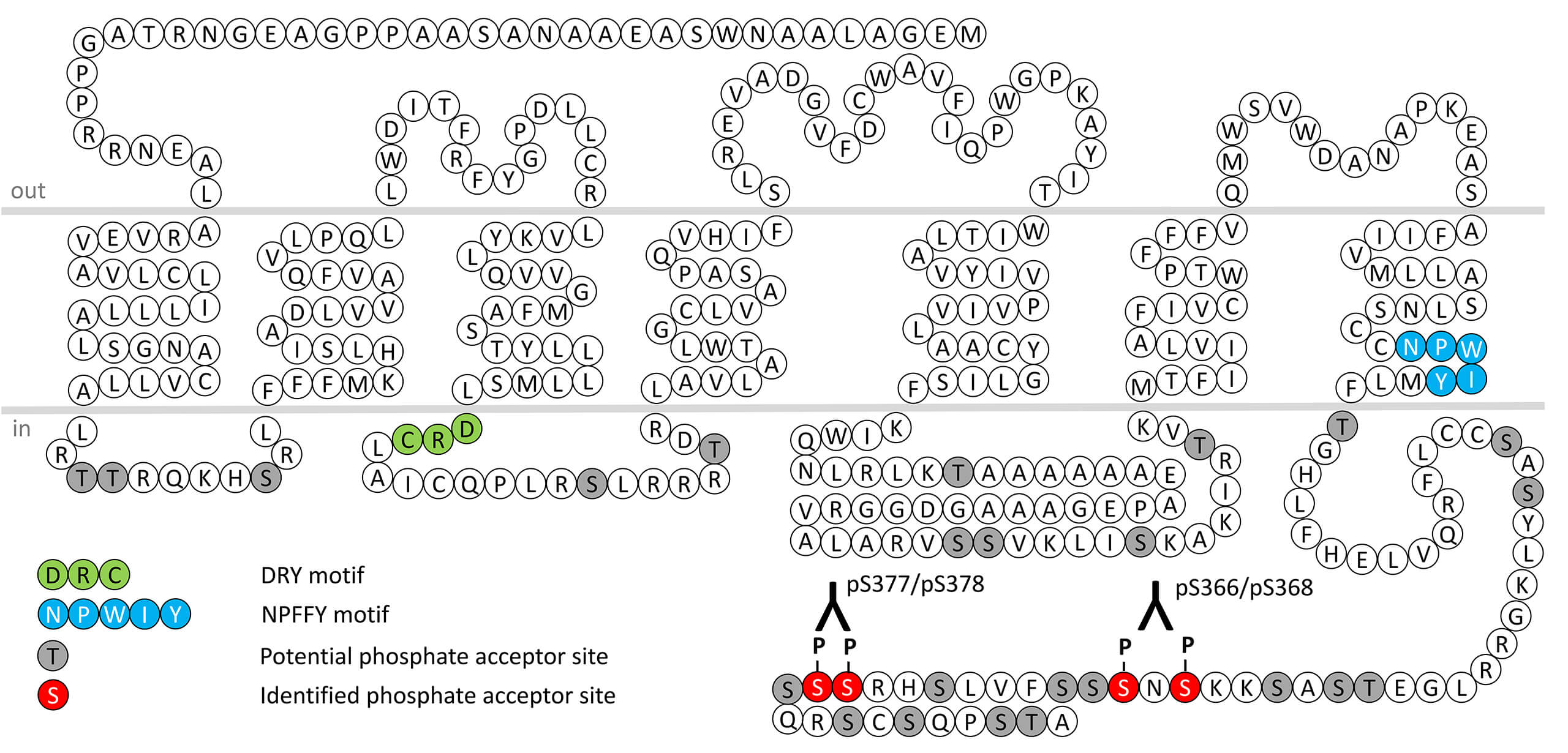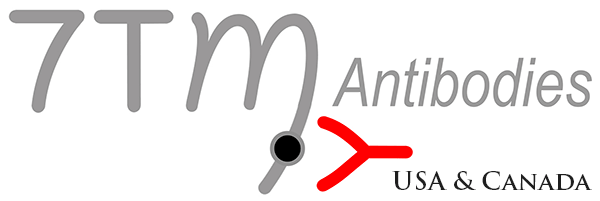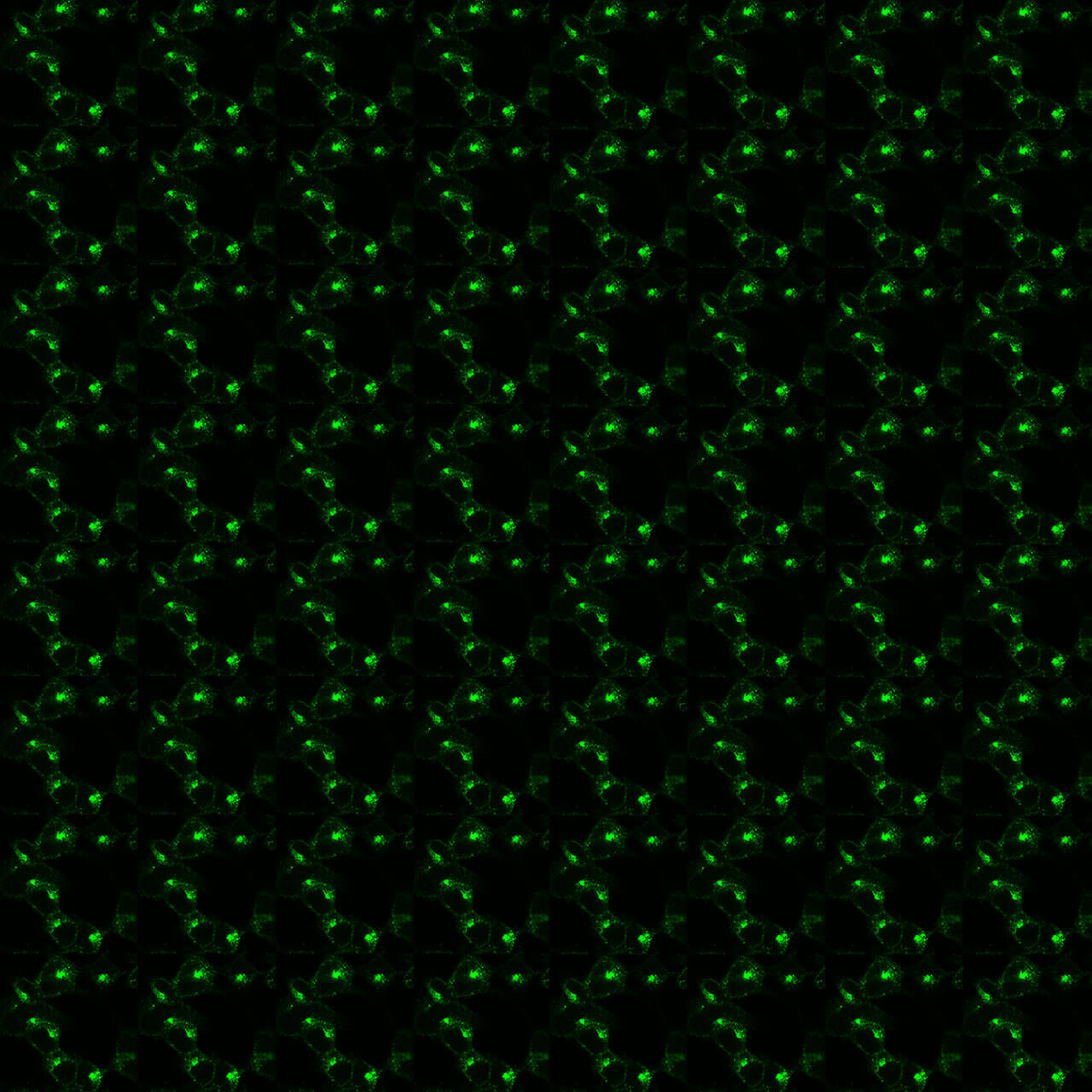OT Oxytocin Receptor Antibodies

The major site of oxytocin expression is the magnocellular neurons of the hypothalamic paraventricular and supraoptic nuclei. However, oxytocin is also synthesized in peripheral tissues, like uterus, placenta, amnion, corpus luteum, testis, and heart. The OT receptor responds to oxytocin but is able to bind vasopressin with an equivalent affinity. The OT receptor is both coupled to Gq leading to a rise in cytosolic calcium concentration, and to Gi leading to inhibition of adenylyl cyclase and decrease in cAMP levels. The OT receptor is mostly expressed in the uterus and the mammary gland, but also in other peripheral organs such as ovaries, skin, adipose tissue, testes, adrenal gland, and in brain areas like cerebral cortex, hippocampus, hypothalamus, olfactory bulb or striatum, suggesting a neurotransmitter-like activity for OT. Selective OT agonists and antagonists have been described. The classical actions of OT are stimulation of uterine smooth muscle contraction during labor and milk ejection during lactation. OT also plays an important role in many other reproduction-related functions, such as control of the estrous cycle length, follicle luteinization in the ovary, and ovarian steroidogenesis. The central actions of OT range from the modulation of the neuroendocrine reflexes to the establishment of complex social and bonding behaviors related to the reproduction and care of the offspring. OT exerts potent antistress effects that may facilitate pair bonds. Overall, the regulation by gonadal and adrenal steroids is one of the most remarkable features of the OT system. Female OT receptor knockout exhibit defects in lactation and maternal nurturing, male OT receptor knockout mice have deficits in social discrimination and elevated aggressive behaviour. Polymorphism in the OT receptor gene may be linked to autism. OT receptor activity is regulated by phosphorylation of carboxyl-terminal serine366/serine368 (pS366/pS368-OT) and serine377/serine378 (pS377/pS378-OT). This nomenclature refers to the human OT receptor. This phosphorylation motif is highly conserved across species and identical in mice and rats. For more information on OT pharmacology please refer to the IUPHAR database. For further reading refer to:
Carter CS, Kenkel WM, MacLean EL, Wilson SR, Perkeybile AM, Yee JR, Ferris CF, Nazarloo HP, Porges SW, Davis JM, Connelly JJ, Kingsbury MA. Is Oxytocin "Nature's Medicine"? Pharmacol Rev. 2020 Oct;72(4):829-861. doi: 10.1124/pr.120.019398. PMID: 32912963; PMCID: PMC7495339.
Bichet D, Bouvier M, Chini B, Gimpl G, Guillon G, Kimura T, Knepper M, Lolait S, Manning M, Mouillac B, O'Carroll AM, Serradeil-Le Gal C, Soloff M, Verbalis JG, Wheatley M, Zingg HH. Vasopressin and oxytocin receptors (version 2019.4) in the IUPHAR/BPS Guide to Pharmacology Database. IUPHAR/BPS Guide to Pharmacology CITE. 2019; 2019(4).
 pS377/pS378-OT (phospho-Oxytocin Receptor...
pS377/pS378-OT (phospho-Oxytocin Receptor...  pS366/pS368-OT (phospho-Oxytocin Receptor...
pS366/pS368-OT (phospho-Oxytocin Receptor... 

